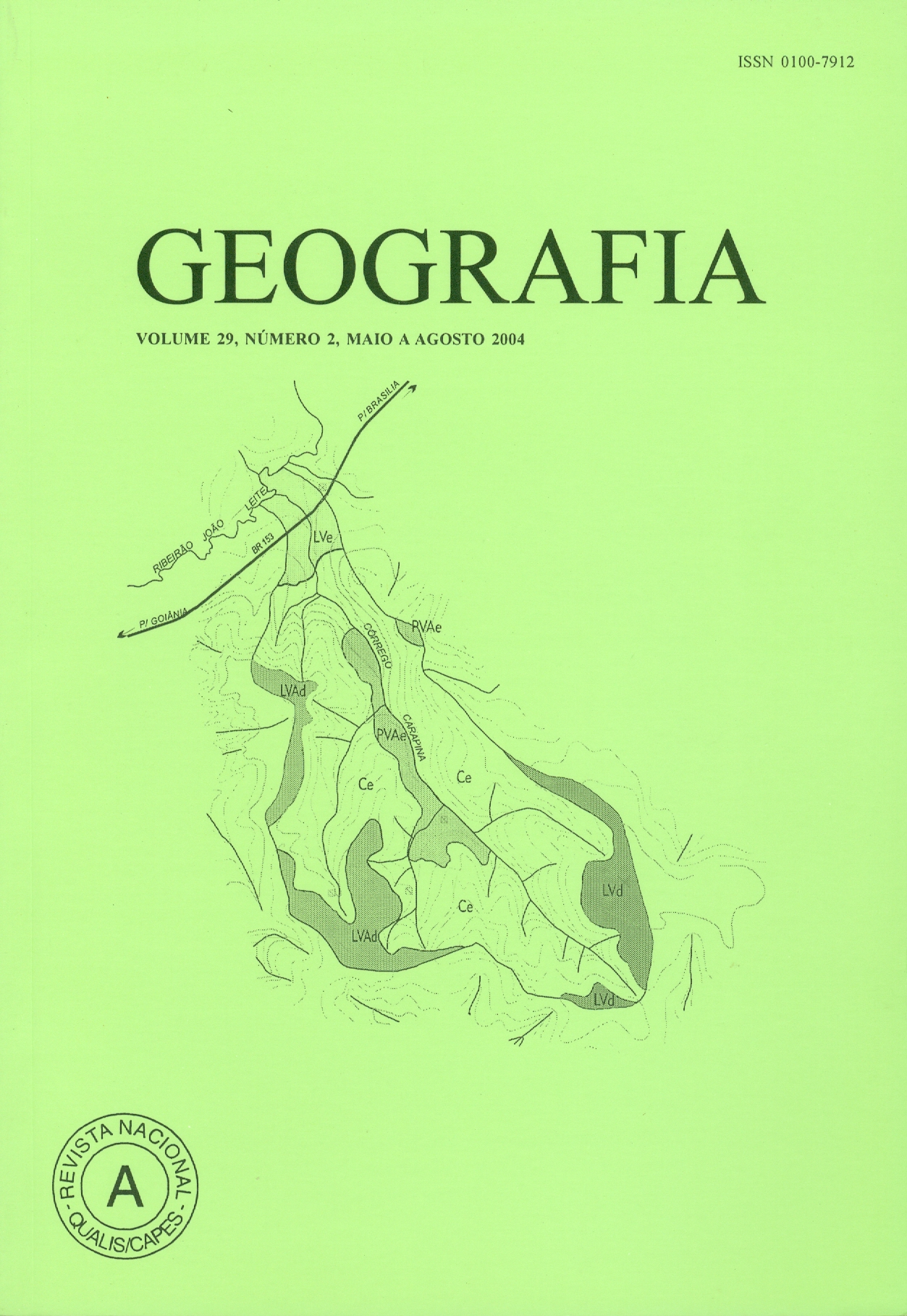The role of large organic debris in morphology and sedimentology in a Guavira stream, Marechal Candido Rondon, Parana state, Brasil
Abstract
In the bed of the channels of low order, the organic debris from the riparian vegetation (leaves, branches and log) influence significantly in the erosion and sedimentation processes. The organic debris deposited at the bed obstruct partially or totally the passage of bottom sediments. Are defined as larger organic debris (LOD) the woody material at least ten centimeters in diameter. The present work describes the role of LOD in the morphology and sedimentology in the upper reach of the Guavirá stream, municipal district of Marechal Cândido Rondon, western region of Parana State, Brazil. The study was executed in three LOD dams, where thalweg and waterline longitudinal profiles was surveys adopting the method of geometric leveling. The profiles include dozens of meters towards downstream and upstream of the LOD dams. Each LOD dam generates a riffle-pool unit. In the riffle, the surface of the bed is plane and it happens expressive deposition of coarse sediments. The mean volume of sediments storage was of 17 m3. Immediately downstream of the dams are found stable and well developed pools. These features generated by LOD can stay unaffected per decades, showing the paper regulator of the dams in the coarse sediments storage capacity of the stream. Key words: Channel morphology; Low order channel; Large organic debris.Downloads
Published
Issue
Section
License
The authors maintain the copyright and grant GEOGRAFIA the right of first publication, with the articles simultaneously licensed under the Creative Commons BY 4.0 License, which allows sharing and adapting the articles for any purpose, as long as appropriate credits and provisions of image rights, privacy or moral rights. Other legal attributions can be accessed at: https://creativecommons.org/licenses/by/4.0/legalcode.en.
Geography, Rio Claro, SP, Brazil - eISSN 1983-8700 is licensed under the Creative Commons BY 4.0 License.





